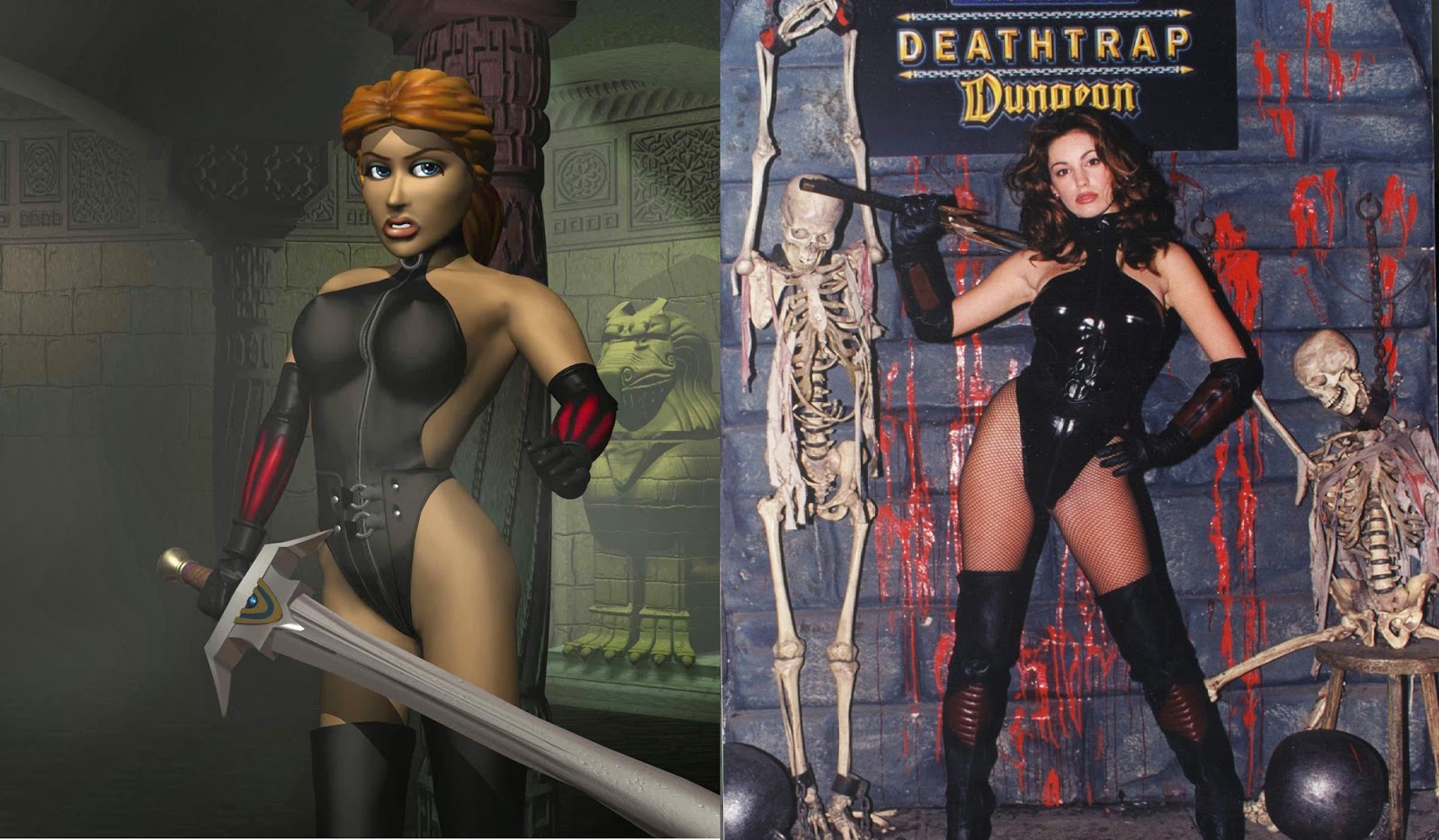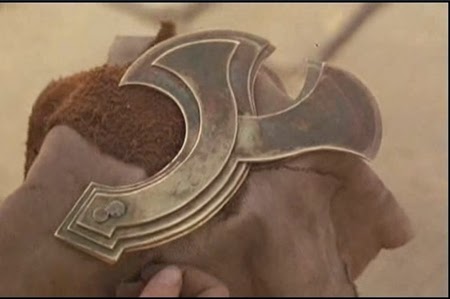Over the past week I have been absorbing the new Dungeons and Dragons starter and basic rules. I’m very pleased with the new “green box” and it will find a well-deserved spot on my game shelf. I printed the entire free basic PDF and assembled a binder for ease of use. While flipping through it this past weekend one new cantrip really resonated with me.
![]()
Thaumaturgy is basically prestidigitation for clerics which I think is just awesome. One of the big design elements of 5th edition was to harken back to the old ways of playing. And by that I mean less roll playing and more role playing. Thaumaturgy is a great tool to assist with this as it gives our divine casters a bag of minor magic tricks.
The etymology of the word thaumaturgy is from Greek thaumatourgia, or “wonder-working”. It was first anglicized in John Dee's book Mathematical Praeface to Euclid's Elements (1570). He mentions an "art mathematical" called "thaumaturgy... which giveth certain order to make strange works, of the sense to be perceived and of men greatly to be wondered at."
Medieval Europe is filled with stories of Saints and their healing miracles or portents of things to come. Interestingly the Greeks really developed the word thaumatourgia to label these saints and document their wonders. In a low magic campaign or just an area remote of magic thaumaturgy opens all sorts of story doors for any dungeon master.
I can just imagine an unscrupulous or evil cleric using thaumaturgy to strike fear into an entire village and controlling it. These acts of the “gods” would be unlimited and the common folk would be wary and frightened by them.
The role playing opportunities for players with a cleric character are really endless now. And just like prestidigitation dungeon masters should encourage their players to be inventive. Don’t be glued to the bullet list of manifestations below as they are but mere suggestions and examples.
ThaumaturgyTransmutation cantripCasting Time: 1 action
Range: 30 feet
Components: V
Duration: Up to 1 minute
You manifest a minor wonder, a sign of supernatural power, within range. You create one of the following magical effects within range:
• Your voice booms up to three times as loud as normal for 1 minute.
• You cause flames to flicker, brighten, dim, or change color for 1 minute.
• You cause harmless tremors in the ground for 1 minute.
• You create an instantaneous sound that originates from a point of your choice within range,
such as a rumble of thunder, the cry of a raven, or ominous whispers.
• You instantaneously cause an unlocked door or window to fly open or slam shut.
• You alter the appearance of your eyes for 1 minute.
If you cast this spell multiple times, you can have up to three of its 1-minute effects active at a time, and you can dismiss such an effect as an action.
Gandalf using Thaumaturgy?
![]() In 1988, a conceptual video game version of the famous book was released. It was developed by Asylum Studios and published by Eidos Interactive for the PlayStation and Microsoft Windows. The game was a 3rd person dungeon crawler which became a best seller in the UK. The two characters available were the Amazon Red Lotus or the Barbarian Chaindog. Red Lotus while popular looked more like a dominatrix with a great sword. I think she was perhaps in the wrong dungeon environment...
In 1988, a conceptual video game version of the famous book was released. It was developed by Asylum Studios and published by Eidos Interactive for the PlayStation and Microsoft Windows. The game was a 3rd person dungeon crawler which became a best seller in the UK. The two characters available were the Amazon Red Lotus or the Barbarian Chaindog. Red Lotus while popular looked more like a dominatrix with a great sword. I think she was perhaps in the wrong dungeon environment... 











.jpg)







































